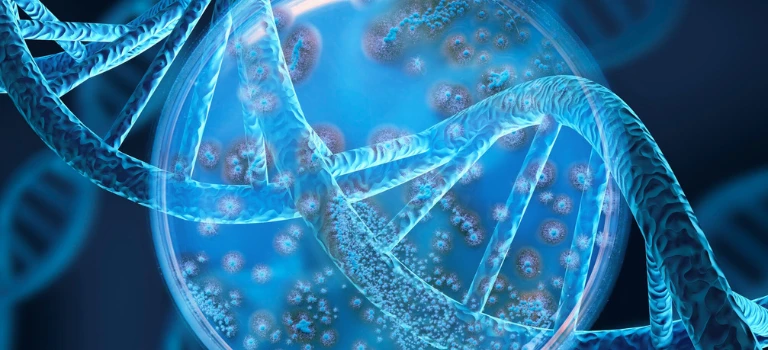Yeast species have emerged as important eukaryotic model systems due to their rapid growth conditions and similarities to more complex organisms. Transformation, which involves the introduction of exogenous DNA into host cells, is a crucial process for studying and genetically manipulating yeast. Here are some considerations for selecting and conducting a yeast transformation procedure:
1. Spheroplast Formation
This method requires digestion of the yeast cell wall with a lytic enzyme such as Zymolyase™ to create spheroplasts. It is important to optimize the enzyme concentration, incubation time, and temperature to ensure efficient digestion and maintain cell viability. Spheroplast transformation yields relatively high transformation efficiencies, is suitable for introducing both plasmid and linear DNA, and can be used with various yeast strains.
2. Lithium Acetate Treatment
Treatment with lithium acetate can be used to make yeast cells competent, but transformation efficiencies tend to be low. For this reason, cells should be prepared from actively growing cultures (mid-log phase), and longer heat shock periods may be required. This method is ideal for projects that do not require high transformation efficiencies, as it is simple and cost-effective with minimal equipment needed.
3. Electroporation
Yeast cells can be made competent by electroporation, which uses an electrical field to create transient pores in the cell membrane. It may be necessary to optimize the voltage and pulse duration to effectively transform various strains. Electroporation reliably produces high transformation efficiencies and is suitable for high-throughput applications. However, it is relatively expensive due to the requirement for specialized equipment.
4. Biolistic Method
Using the biolistic method, DNA-coated microprojectiles are shot into yeast cells to facilitate transformation. It is imperative to fine-tune helium pressure and microprojectile size to ensure efficient DNA delivery and prevent cell damage. Biolistic transformation is relatively expensive due to the need for specialized equipment. However, it can deliver large DNA fragments and is suitable for difficult-to-transform yeast strains, making it one of the most versatile techniques.
5. Glass Bead Method
Yeast cells can be transformed by agitation with glass beads to physically disrupt the cell wall. The transformation efficiency using glass beads tends to be low, which necessitates optimization of the bead size and vortexing conditions. Glass beads offer a cost-effective yeast transformation method for studies that do not require high transformation efficiencies.
A convenient alternative to these traditional methods is Zymo Research’s Frozen-EZ Yeast Transformation II™ Kit. The procedure is compatible with a wide range of yeast strains, and high-efficiency transformation is completed in just 45 minutes. The best yeast transformation method to use depends on the specific experimental requirements and resources available. Transformation efficiency, cell viability, and the nature of the intended genetic modifications must be considered when selecting a method.
